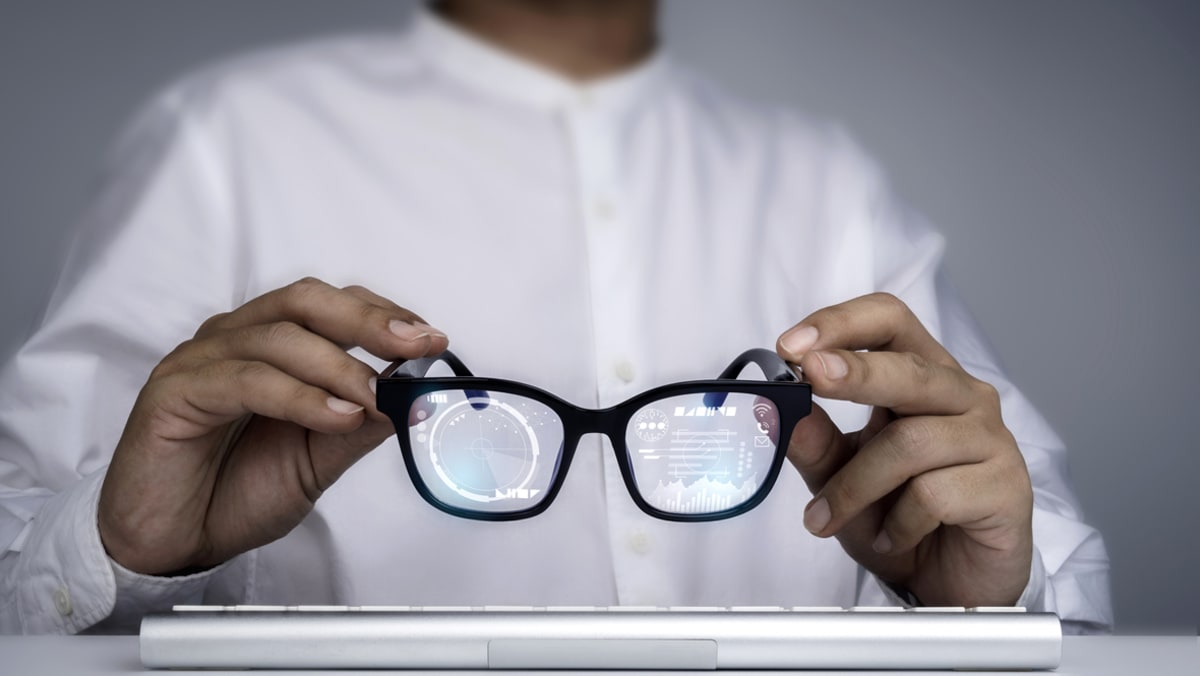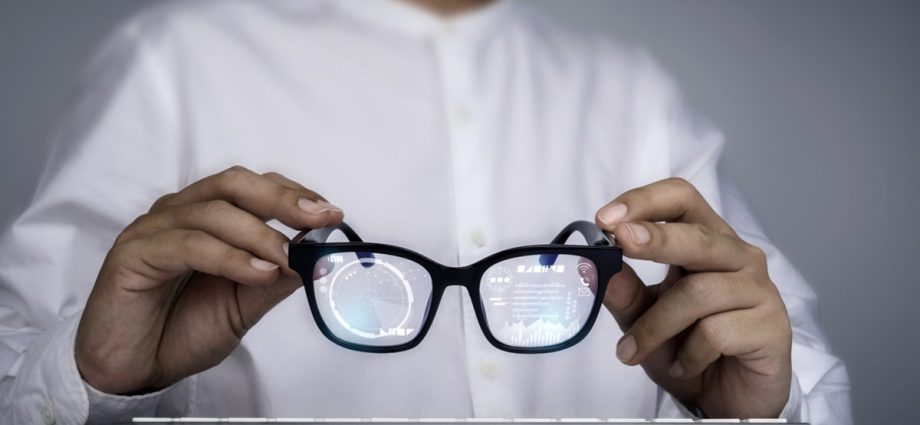
SINGAPORE: A T-shirt that can monitor the heart, glasses that can analyse images to study vital signs and breathing patterns, and underwear programmed to play soothing music when a rise in stress levels is detected.
These are just some of the smart devices developed in the wearable space in the hopes of saving lives, and one organisation in the United Kingdom (UK) that oversees hospitals has been testing their impact.
Gloucestershire Hospitals NHS Foundation Trust, part of the UK health system, has been partnering with companies to trial such wireless technologies. Ms Claire Richardson, its commercial director, told CNA that such devices are a “key part of the jigsaw” in the efforts to improve healthcare.
In terms of saving lives, wearable devices are already changing patient pathways around being able to monitor and change treatment patterns, she said. She highlighted their use in cancer recovery.
“(In) recovery from surgery, we’re using smart wearables to be able to see the effect of the treatment on the patient so we can adjust the treatment pattern and to be able to make sure that it fits with the patients,” she said.
The devices ensure that healthcare professionals are not overstressing the body. If they are recovering better, treatment plans can be changed, she added.
Heart failure patients are also being monitored via such wearables, so they can manage their condition better at home, Ms Richardson said.
DEVICES USE ADVANCED TECHNOLOGY
The advancement in wearable technology means that devices do not have to be clunky.
Smart rings in the market use light-based optical sensors to deliver continuous heart rate monitoring and blood oxygen data.
They may also provide an “energy score” that helps wearers make personalised lifestyle choices.
Sensors have gotten so small that they take up just the space of a fingerprint and can be stuck onto a patient to monitor their vital signs, said Ms Richardson.
“You don’t need to worry about charging it. It just sits there like a band-aid would. And it just monitors and transmits the data. That’s where the technology already is,” she said.
Even for devices that require charging, innovations are being made to make them easier to use. University of Massachusetts researchers have invented a biofilm powered by perspiration. It sticks to the skin like a band-aid and converts energy from evaporation into electricity.

